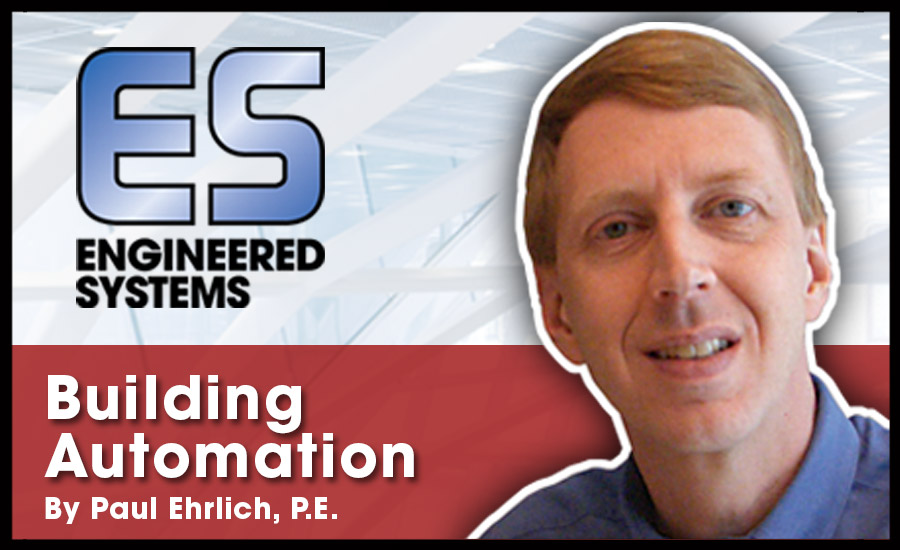Buildings contain a treasure trove of data. Information is available from a broad variety of systems from HVAC and electrical to utility usage. Much of this information may even be visible at a BAS, but for most buildings, it is up to the building operator to turn this data into actionable knowledge. Unfortunately, that rarely happens, and as a result, we see many buildings where systems are operating less than optimally. How do we fix this problem?
The answer can be found in the new field of data analytics (also called energy information, fault detection and diagnostics, analytics, or continuous commissioning). The concept is software-based and follows these steps:
- Data Collection. Information is collected at regular time intervals from a variety of data sources including weather services, utility information, BAS, and dedicated analytic sensors and meters. Connecting using open standard protocols such as BACnet and LonWorks makes this task much easier, but many suppliers have gateways and translators to bring data in from non-open systems as well.
- Data Normalization and Storage. As the data is collected, it is converted into a standard format, identified (called tagging), and stored in a large database. Often the data is stored at a data center, which can be on site or in the cloud.
- Analytics and Reporting. A series of programs look at the data and provides tools for analysis and reporting. For example, some systems will allow you to readily compare a series of time variables against each other (building energy, weather, temperatures, equipment status). Others provide dashboards to better visualize energy usage and make comparisons. Some of the tools will even point out operational issues and estimate the costs of repairs and savings.
Most data analytic packages are provided as a service. They may have some hardware or software that is installed in the building, but most of the work is done remotely. The reports and analysis are viewed on a website.
Data analytics is a rapidly growing field. Currently, we are following close to 70 suppliers. These include offerings from small start-up companies to offerings from large established software and controls companies. The good news is that there is a lot of innovation and creativity in this area. The bad news is that we anticipate that the market is going to need to mature and consolidate, which means that the solution you select today may be different (or not available) a year from now. A few weeks ago at the Tridium Niagara Summit, one of the major announcements was that Tridium has acquired a data analytics company called Data Eye. Expect to hear more of these announcements over the next few years.
Should you wait for the market to settle out or start using data analytics now? It is our belief that these systems have so much benefit that it is time to act. Find a system that meets your needs and get it on the next project. The good news is that since these are cloud-based, the cost to get started is fairly low, and the benefit of having the tools to make good decisions is of high value.




